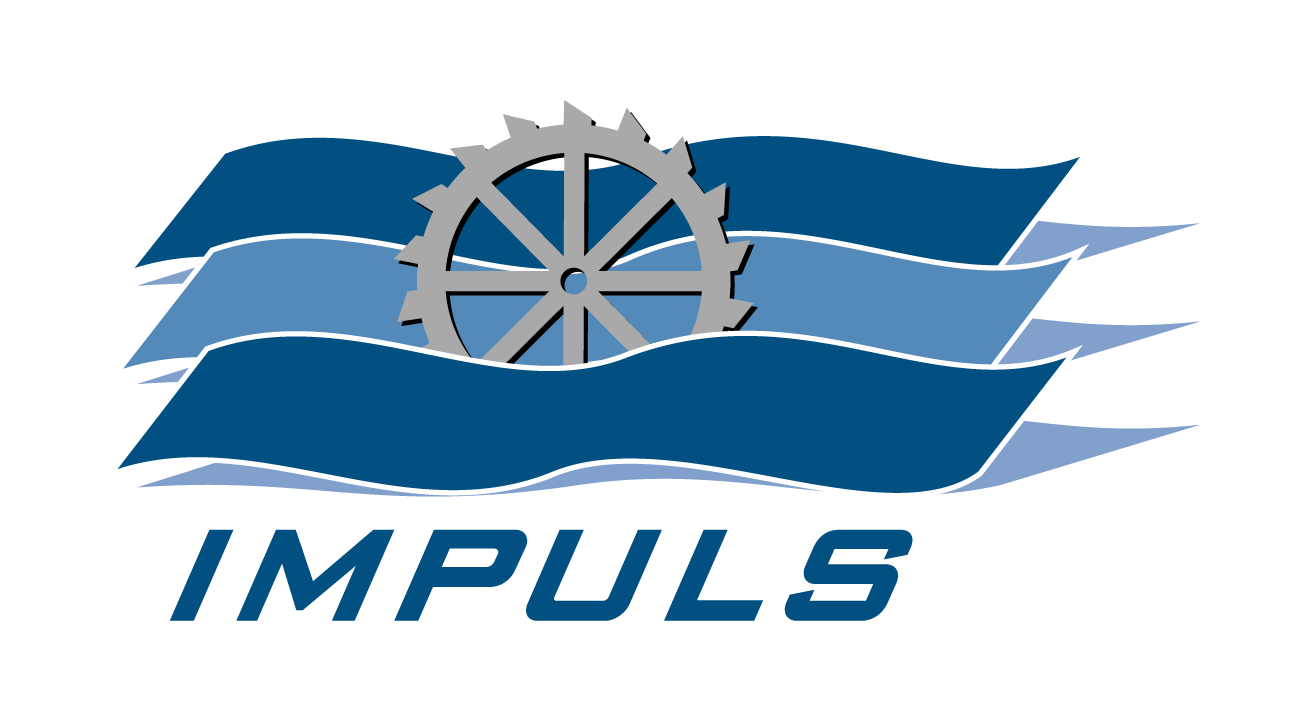Modernize with innovations! We bring innovations to your site.
The service area of the network partner MIT (Magdeburg Institute for Innovation and Technology GmbH) generally concerns the modernization and further development of water wheel technology and the necessary components. We bring together inventors, innovators with implementers, and develop and test innovative solutions around the topic of waterwheels. This involves both cost reductions and efficiency and yield increases in construction, machine set, maintenance and operation, as well as ecological aspects for environmentally friendly technologies. In addition, MIT is also active in the field of early marketing of innovations and innovative solutions.
The Segmental Ring Water Wheel (according to www.wasserrad-drews.de) is a stationary water wheel for downhill hydropower. The modular design allows the water wheel to be flexibly adapted in diameter to local conditions. As with the bracelet of a watch, the number of segments determines the diameter. The width of the water wheel is also variable, as several wheel rims can be arranged next to each other on one shaft. The flexurally rigid stainless steel segments are manufactured on automatic laser machines; they are precisely centered. Individually ventilated cells ensure optimum run-in and pouring behavior. Larch wood arm pairs are very durable, they do not require wood preservative. Wooden arms have a vibration damping effect in the system. Stainless steel segments and wooden arms can be dismantled individually. This means that even locations that are difficult to access can be served with this solution.
This modularity is universal, and will also be applied to the new and innovative ring generator for the water wheel. Currently, cooperation partners are working on the topic “RING-GEN – Development and prototypical implementation of a ring segment generator for direct gearless coupling to slow-running systems as well as prototypical testing and field testing”. This novel solution will soon be available for stationary water wheels in the power range up to 12 KW (see picture).

In order to equip waterwheels specifically for power generation, it is necessary to translate the concept of the waterwheel into the modern age (e.g. according to the IKEA principle). This is represented in particular by the folding blade waterwheel (cf. picture), where the waterwheel is designed as a hollow cylinder construction by means of a space bar structure made of standard modules. The cylindrically rotating supporting body for water wheels, has no physical static axis of rotation, is permeable to flow and forms a rigid three-dimensional space framework from simple modular plates and nodes. This novel and innovative water wheel system will soon be equipped as a prototype ring generator and will thus have to prove itself to a first practical test.
Another example of an innovative generator development for waterwheels is the implementation of a “split two-strand transverse flux generator with integrated bearing function and symmetrical power dissipation with circular linear arrangement as external rotor machine” for which flux-current applications were realized (cf. picture).
Work is currently underway on these and many other innovations for stationary and floating water wheels. Developments are being made in the areas of:
- Water wheel design and construction;
- Water wheel blading and design principles, etc.
- Water wheel bearing and materials;
- Energy extraction, generator and control technology;
- Water wheel auxiliary functions
- Hybrid systems
realized in interdisciplinary and cooperative collaboration. See also www.flussstrom.de; www.flussstrom.eu; www.cleanriver.solutions; www.urbanes-speicherkraftwerk.de.



